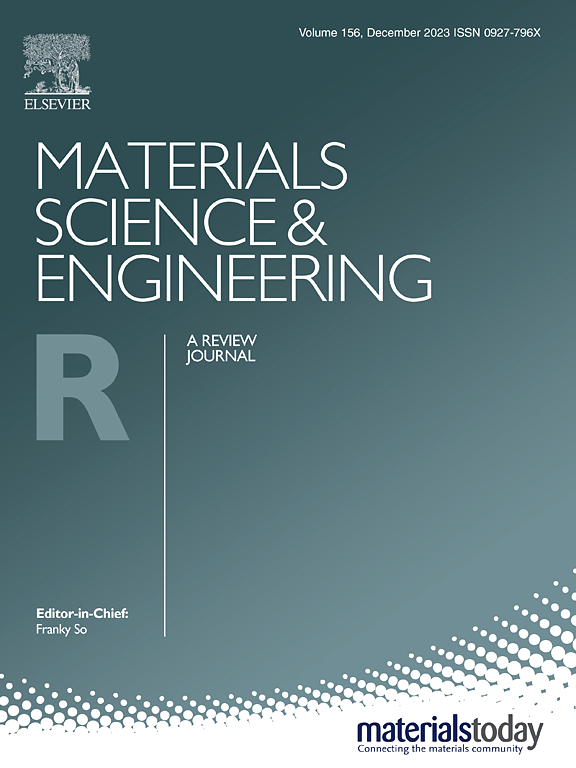Polyanionic cathodes for sodium-ion batteries: Materials, working mechanism, and applications
IF 31.6
1区 材料科学
Q1 MATERIALS SCIENCE, MULTIDISCIPLINARY
引用次数: 0
Abstract
Amidst the global energy matrix transformation and escalating sustainability imperatives, sodium-ion batteries (SIBs) have attracted significant attention in the energy storage field, driven by their resource sustainability and cost competitiveness. As pivotal determinants of electrochemical performance, cathode materials govern essential metrics including specific energy density, cyclability, and operational safety in SIBs. Among these, polyanionic cathode materials have emerged as a focal research domain, distinguished by their excellent thermal and structural stability. This review systematically categorizes the types of polyanionic cathode materials and analyzes their intrinsic merits and challenges as Na hosts. To address intrinsic constrains in electronic conductivity and energy density, modification strategies encompassing lattice doping, surface coating, and nanoengineering are elucidated. Furthermore, the storage and transport mechanisms of Na+ in polyanionic compounds are revealed with the support of theoretical calculations, which provide theoretical guidance for material design. In addition, the application-specific evaluation of polyanionic cathode materials is conducted, particularly emphasizing suitability for stationary energy storage and low-speed electric vehicles. We further identify critical technical barriers and the future development directions of polyanionic cathodes for SIBs. Through a comparative study of polyanionic cathode materials, this review aims to provide a viable guide for advancing the development paradigm for cost-effective SIB technology.
钠离子电池用聚阴离子阴极:材料、工作机理和应用
在全球能源矩阵转型和不断升级的可持续性需求中,钠离子电池(sib)因其资源可持续性和成本竞争力而在储能领域引起了广泛关注。作为电化学性能的关键决定因素,阴极材料控制着sib的基本指标,包括比能量密度、可循环性和操作安全性。其中,聚阴离子正极材料以其优异的热稳定性和结构稳定性成为研究的热点。本文对聚阴离子正极材料的类型进行了系统的分类,分析了它们作为Na宿主的内在优点和面临的挑战。为了解决电子电导率和能量密度的内在限制,修饰策略包括晶格掺杂、表面涂层和纳米工程。在理论计算的支持下,揭示了Na+在聚阴离子化合物中的储存和传输机制,为材料设计提供了理论指导。此外,对聚阴离子正极材料进行了应用评价,特别强调了其在固定式储能和低速电动汽车上的适用性。我们进一步确定了sib用聚阴离子阴极的关键技术障碍和未来发展方向。本文通过对聚阴离子正极材料的比较研究,旨在为推进低成本SIB技术的发展模式提供可行的指导。
本文章由计算机程序翻译,如有差异,请以英文原文为准。
求助全文
约1分钟内获得全文
求助全文
来源期刊

Materials Science and Engineering: R: Reports
工程技术-材料科学:综合
CiteScore
60.50
自引率
0.30%
发文量
19
审稿时长
34 days
期刊介绍:
Materials Science & Engineering R: Reports is a journal that covers a wide range of topics in the field of materials science and engineering. It publishes both experimental and theoretical research papers, providing background information and critical assessments on various topics. The journal aims to publish high-quality and novel research papers and reviews.
The subject areas covered by the journal include Materials Science (General), Electronic Materials, Optical Materials, and Magnetic Materials. In addition to regular issues, the journal also publishes special issues on key themes in the field of materials science, including Energy Materials, Materials for Health, Materials Discovery, Innovation for High Value Manufacturing, and Sustainable Materials development.
 求助内容:
求助内容: 应助结果提醒方式:
应助结果提醒方式:


